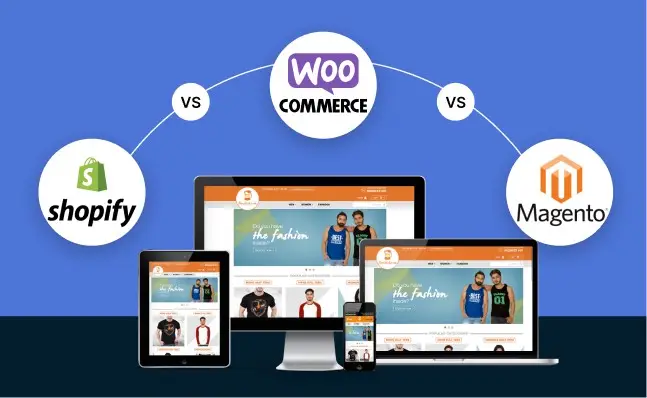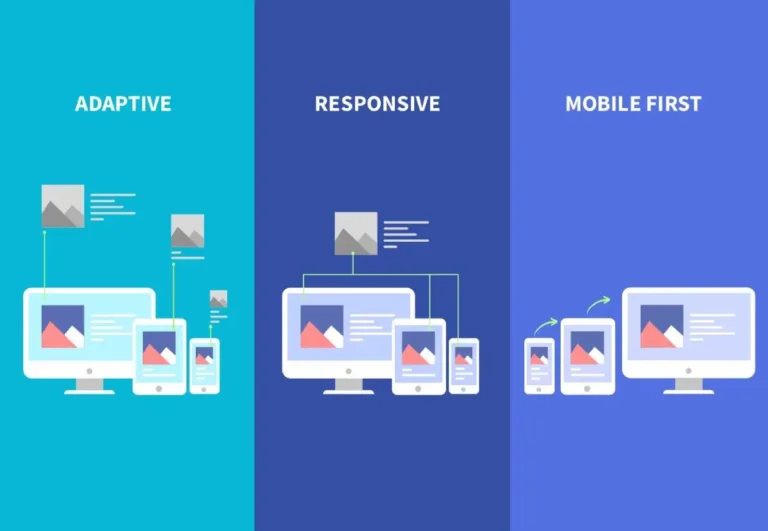Everywhere you look, everyone seems to be talking about responsive design. Apparently, it’s the next “big thing” in web design at the moment, not only in Australia but worldwide. However, unless you’re a designer, it’s highly unlikely that you came across the term before and are familiar with it. If you have a business website, it might be confusing whether or not you should implement responsive design and why you would do it in the first place. Still, there is a reason why it’s so talked about these days – it’s because everyone is using their phones to browse the web, and you should adjust.
Improves social media connectivity
Ideally, you want your audience to get to your website after visiting your business’s social media page. Regardless of the business, you’re running, most website visits these days are directed from social media pages. It seems like everybody has a profile on Instagram, YouTube and TikTok, and Meta (ex-Facebook) has fallen out of favour. Seeing as anybody and everybody chooses to access their social media apps on their phone, you want your website to be responsive and function perfectly on a mobile device. The transition from a social media app to your website should be flawless and seamless. If it fits those criteria, you will have more leads, clicks, and purchases.
Shortens loading time
There is nothing more frustrating than having to wait forever for a web page to load. Considering that more than half of Australians will leave the website after one page, you don’t want to leave them waiting. It doesn’t matter what device you’re using – if the page takes a long time to load, chances are visitors will simply refuse to wait. Responsive websites, on the other hand, can load much faster on any and all platforms. Still, they are designed and aimed to load faster on smartphones and tablets. Users will spend more time on your website if they don’t have to wait for a long time for it to be loaded. Easy solutions such as adaptable images and even fluid grids greatly reduce the loading time of a web page, resulting in happier users who stay on the website longer.
It will greatly improve your SEO
As always, Google is in on the trend. Not only are they aware that people prefer responsive design sites, but they went a step further. Their algorithm prefers websites that are user-friendly and responsive, so if you lack these qualities, you’re looking at a very low rank and, in turn, very poor traffic. But, if you adopt a mobile responsive web design and have a website that’s optimized for smartphones and tablets alike, Google will like you. When you combine that with the good work that Indepth Design can provide you with, you’re looking at some pretty impressive stats for your business. Google’s mission is to provide its users with valuable content that’s also easily accessible.
Offers better UX
Speaking of making things better for the visitors, responsive website design provides a much better overall user experience (UX). Not only is the loading time shorter, but the overall website responds much faster. As a result, visitors have no reason to be idle and get bored. It doesn’t really matter what kind of business you’re running; a slow website will “kill” it for sure. For example, imagine that a visitor wants to make a reservation on your website. Suppose the checkout process is optimized for desktop computer users, and they are accessing it via their phone. In that case, it will lag and make them opt out of using your services in the first place. If the checkout process is optimized for mobile browsing, the waiting time is cut short, and you will have full control over your conversion rates.
Create content easily
The content you provide on your website has to be versatile and diverse for each version if you have two versions of your website in an adaptive design. Content duplication simply will not work, as Google will surely penalize one of your website versions. This is because Google is looking for diverse content for mobile and desktop website versions. On the other hand, a responsive website will not have to create different content to avoid penalties. You will be able to create content once and then maintain and track the progress of one website, as it will be unified and not seen as two different websites in Google’s eyes.
If you don’t understand the concept of responsive design, it’s easy to overlook and disregard it. However, if you did this, you’d be making a big mistake. Try to remember that these days, the majority of users who are (and who will be) visiting your site will do so via a mobile device rather than a laptop, and you should adapt and adjust. We all use mobile phones for pretty much everything from working to grocery shopping, and it seems like businesses have noticed and started exploiting these. Don’t ignore the big changes in the world and optimize your website for mobile browsing.
Read more: How to Utilize your Website Design in a Better Way




